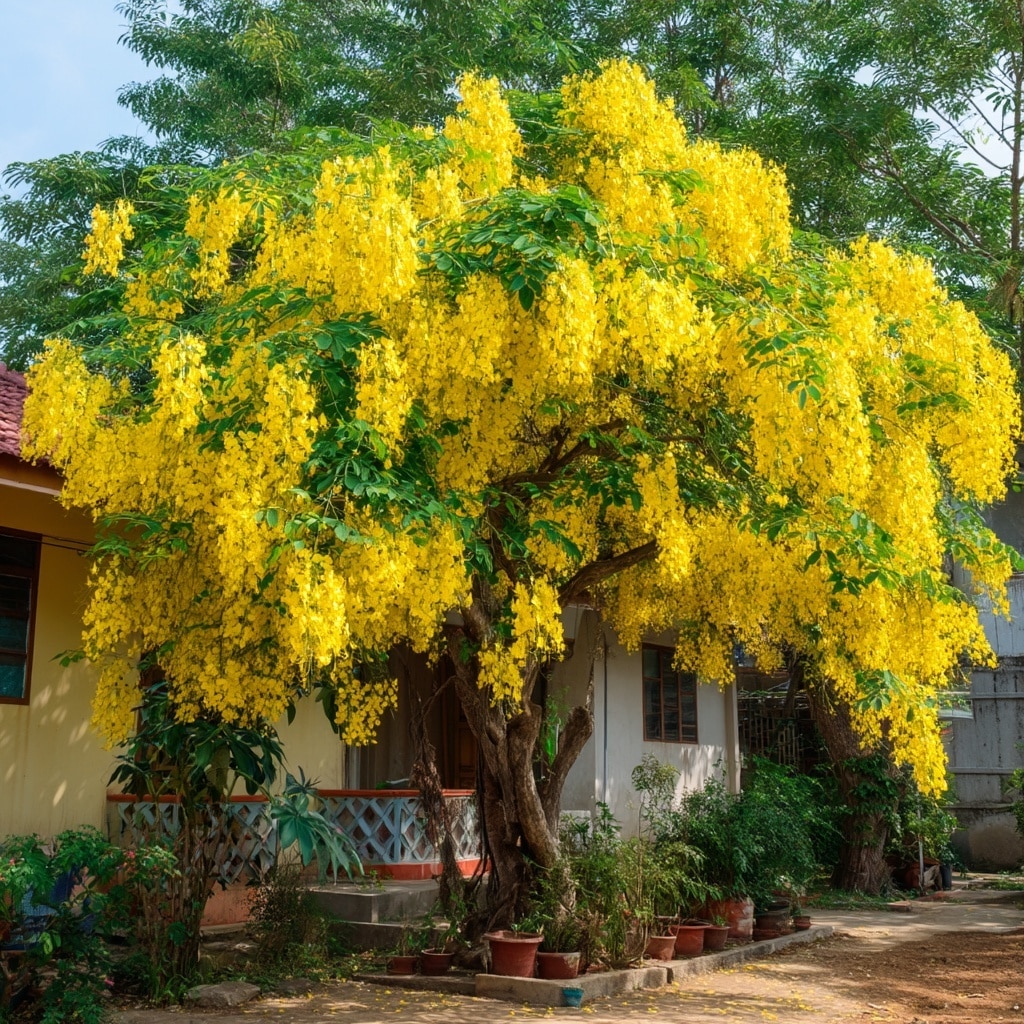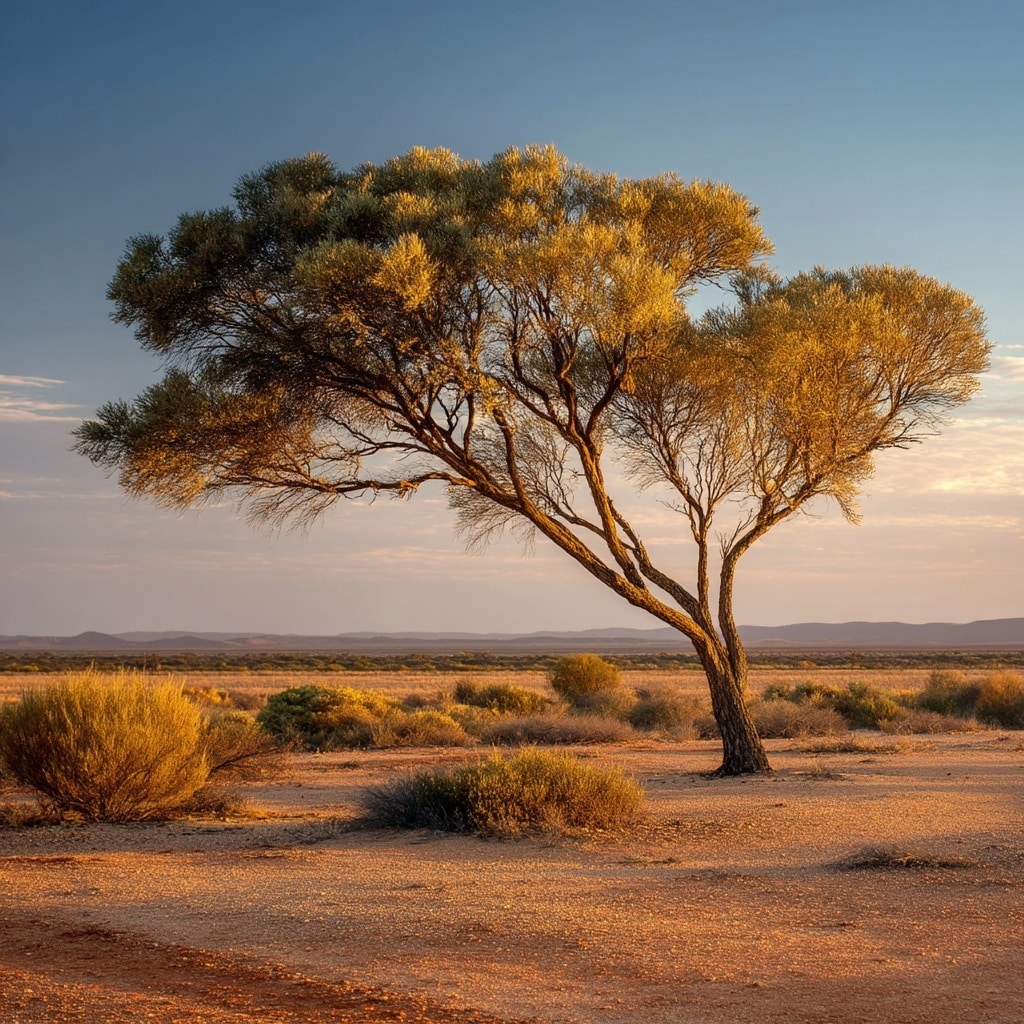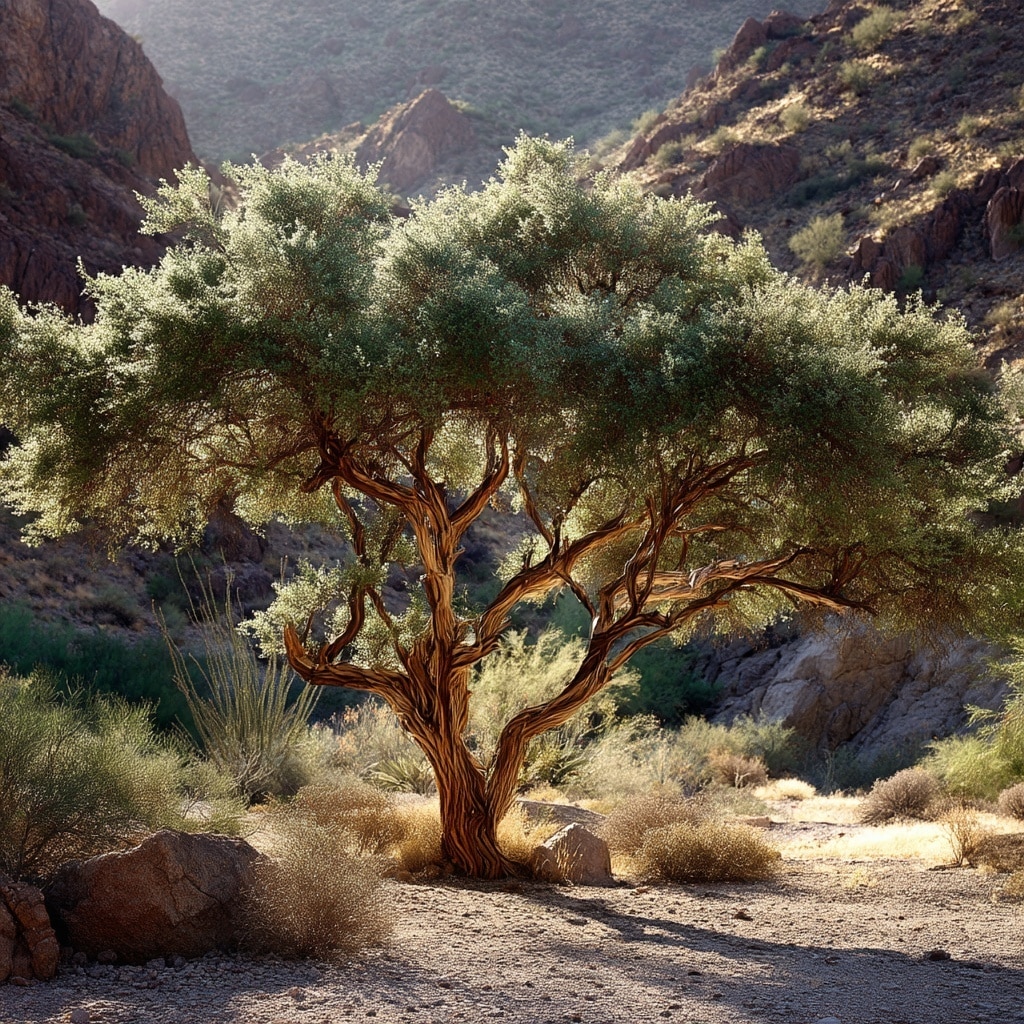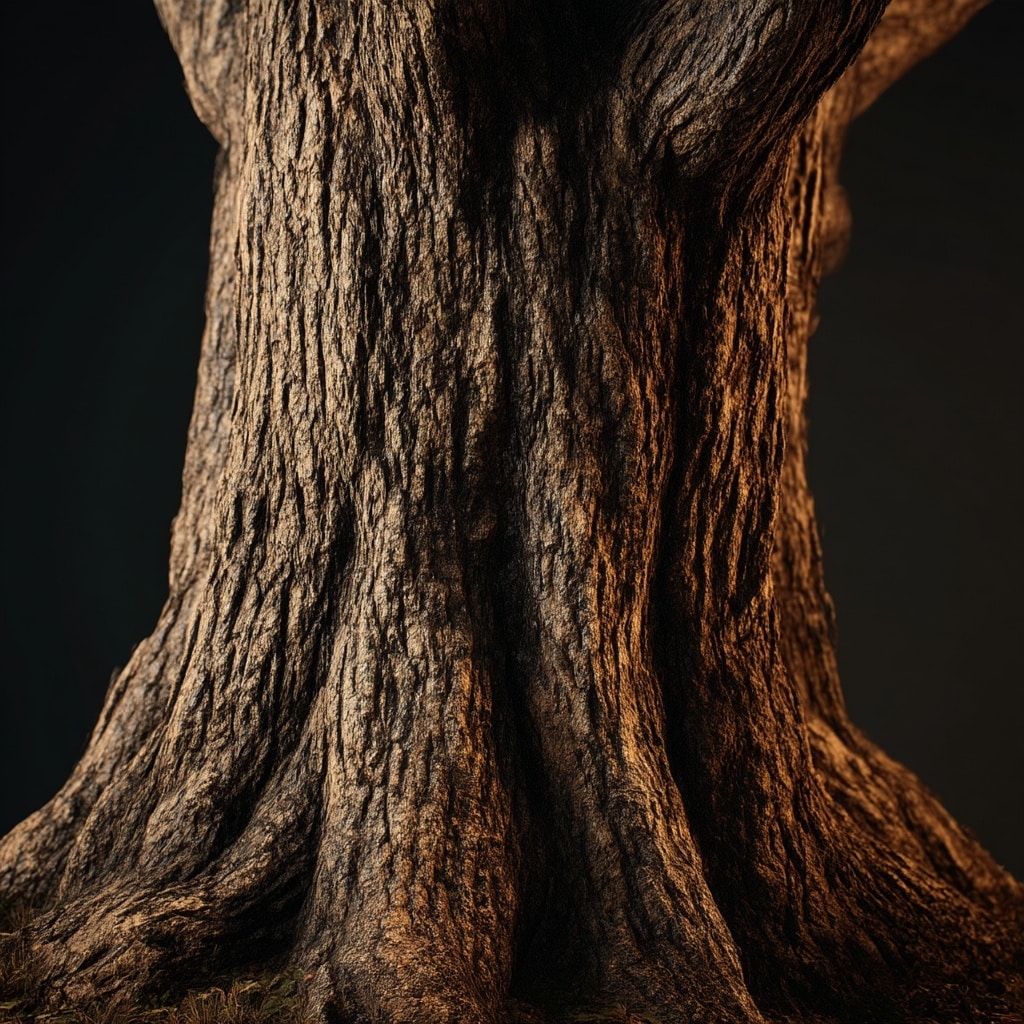Tree is a term that encompasses a vast array of species, but few are as revered for their strength and endurance as those known as ironwood. Across different regions of the world, ironwood refers to various hardwood tree species recognized for their incredibly dense and durable timber. These trees have developed a reputation for withstanding the test of time—both in nature and in construction.
Ironwood isn’t a single type of tree. Instead, it’s a label given to multiple species whose wood is so tough, they’re often used for building bridges, crafting tools, and even fueling long-burning fires. From North America to Southeast Asia, many communities have their own version of ironwood, each uniquely adapted to its environment and cultural uses.
In this article, we’ll explore six remarkable trees known globally as ironwood, their native habitats, and the traits that make their wood among the most durable on Earth.
Table of Contents
What Makes Ironwood Trees Special?
Ironwood trees are admired not just for their appearance but for their exceptionally dense and durable wood. These trees grow slowly, often over centuries, which allows their fibers to become tightly packed—creating a wood that’s both heavy and incredibly strong.
This strength is why many cultures prize ironwood for construction and utility. Builders often turn to ironwood for support beams, decking, and structural elements where long-term durability is essential. Woodworkers value it for crafting tools like mallets and handles, knowing it can withstand repeated impact without cracking.
Gardeners and homesteaders may appreciate ironwood trees for more than just their lumber. Many species are also:
- Resistant to rot, making them excellent for outdoor use
- Used in traditional medicine, especially bark and seed extracts
- Valuable in dry climates, thanks to their drought tolerance and shade-giving canopies
- Important to wildlife, offering habitat and food for birds, insects, and mammals
Because of its extreme density, ironwood is also one of the best fuels for firewood and charcoal. Its high calorific value means it burns hotter and longer than most types of wood, making it a favorite in colder climates or for long-lasting fires.
Whether growing in arid deserts or tropical forests, these trees have earned their place in both natural ecosystems and human history.
6 Tree Species Known as Ironwood
1. Olneya tesota (Desert Ironwood Tree)

Native to the Sonoran Desert of the southwestern United States and northern Mexico, Olneya tesota is a resilient tree adapted to some of the harshest growing conditions on Earth. This slow-growing member of the legume family reaches up to 50 feet and forms a dense canopy that provides essential shade for desert wildlife.
Its wood is almost black, incredibly heavy, and so hard it can dull tools quickly. While it’s used sparingly for woodworking due to its difficulty to cut, it’s highly valued for turning projects, carvings, and ceremonial tools among indigenous communities. It also plays a critical ecological role by fixing nitrogen in the soil and supporting desert biodiversity.
2. Eusideroxylon zwageri (Ulin or Bornean Ironwood)

Often called “Ulin,” this towering hardwood tree species is native to the lowland forests of Borneo, Sumatra, and surrounding areas in Southeast Asia. Eusideroxylon zwageri is among the hardest and most decay-resistant timbers in the world.
Mature trees can grow up to 150 feet tall and are often harvested from fallen logs due to legal protections. Ulin is widely used in bridge building, marine construction, and high-end furniture due to its remarkable resistance to water and pests.
Its cultural importance is equally strong—often used in traditional medicine and sacred architecture. If sustainability is a concern, look for reclaimed Ulin from old structures, a growing trend in eco-conscious construction.
3. Cassia fistula (Golden Shower Tree)

Though more ornamental in nature, Cassia fistula—commonly called the Golden Shower Tree—makes this list due to its dense wood and symbolic importance. Native to South Asia, it’s celebrated for its cascading clusters of bright yellow flowers.
While not as hard as other ironwoods, its timber is durable and often used for rural furniture, tool handles, and even in Ayurvedic medicine. The tree is drought-tolerant, pollinator-friendly, and a popular choice for tropical gardens where aesthetics meet utility.
Its vibrant blooms also mark seasonal changes in many Indian and Sri Lankan communities, making it as culturally significant as it is practical.
4. Acacia spp. (Acacia Ironwood Trees)

The Acacia genus includes several species recognized as ironwoods for their extremely hard, dense timber. Notable examples include:
- Acacia melanoxylon (Australian Blackwood)
- Acacia aneura (Mulga Tree – Australia)
- Acacia karoo (South Africa)
- Acacia goaensis (India)
These trees thrive in arid or semi-arid climates and are prized for their rot-resistant wood, firewood value, and nitrogen-fixing capabilities. They’re commonly used in fencing, firewood, and land restoration, and many are suitable for xeriscaping or dry-climate gardens.
5. Carpinus cordata (Heartleaf Hornbeam)

Native to temperate regions of Japan and Korea, Carpinus cordata is often referred to as Japanese ironwood or hornbeam. It grows up to 50 feet tall with elegantly serrated leaves and smooth gray bark, making it a favorite in ornamental and shaded gardens.
This tree is not only beautiful but also practical—its wood is extremely tough and frequently used for carving, handles, flooring, and even musical instruments. It’s slow-growing, which contributes to its wood density and long lifespan.
Gardeners appreciate it for its structured form and low maintenance, making it an excellent choice for hedges or standalone specimens.
6. Regional Ironwood Varieties

The term “ironwood” is applied to many species worldwide, each representing the toughest wood in its local context. Other notable trees known by this nickname include:
- Honey Mesquite (Prosopis glandulosa) – Texas, USA
- Eastern Hophornbeam (Ostrya virginiana) – Northern USA and Canada
- Quebracho – South America
- Pau Ferro – Brazil
- Gangsaw Tree – Sri Lanka
- Horsetail Casuarina – Florida
Each of these regional varieties offers unique adaptations and uses, but all share the defining trait of incredibly hardwood tree resilience.
Regional Interpretations of “Ironwood”
The word tree may sound simple, but when locals refer to an “ironwood tree,” it often carries a very specific meaning rooted in their geography, climate, and cultural practices. The term doesn’t identify a single species—instead, it symbolizes the strongest hardwood tree species available in a given area.
Here’s how different parts of the world interpret and apply the ironwood label:
North America
In the deserts of the American Southwest, Desert Ironwood (Olneya tesota) is considered sacred and ecologically vital. In Texas, Honey Mesquite is commonly referred to as ironwood for its tough wood and fire resistance. Meanwhile, in the northern U.S. and Canada, Eastern Hophornbeam carries the ironwood nickname and is often found in hardwood forests.
Southeast Asia
In Indonesia and Malaysia, Eusideroxylon zwageri (Ulin) has earned legendary status. It’s one of the few native woods capable of withstanding decades of tropical weather without rotting. Its role in traditional building and medicine further elevates its importance.
South Asia
Trees like Cassia fistula are admired not just for their hard wood but also for their medicinal value and symbolic meaning. Used in Ayurvedic practices, this species represents a fusion of utility and tradition.
Africa & Australia
Across arid African landscapes and the Australian Outback, Acacia species serve as essential sources of durable wood, wildlife habitat, and shade. Known for their resistance to pests and dryness, these trees are foundational in dryland forestry and traditional tools.
Latin America
Species such as Quebracho and Pau Ferro from South America are celebrated for their unmatched density and dark, rich coloration. These woods are commonly used in luxury flooring and instruments, showing how ironwood can also be elegant.
Europe & East Asia
In Japan and Korea, Carpinus cordata is favored for its aesthetic form and strength. Though not widely exported, it holds cultural significance in landscaping and woodworking. In parts of Europe, hornbeam and hophornbeam trees are traditional sources of tool wood and fencing posts.
No matter the region, the ironwood tree represents the pinnacle of strength, longevity, and natural resilience. This global diversity in definition makes ironwood a fascinating example of how humans identify and value nature’s toughest species.
Conclusion
The term tree encompasses thousands of species, but those labeled as ironwood stand out for their exceptional toughness and longevity. Whether it’s the slow-growing Ulin of Borneo, the nitrogen-fixing Desert Ironwood of the Sonoran Desert, or the flowering Cassia fistula of South Asia, each of these hardwood tree species tells a story of survival, utility, and cultural relevance.
Ironwood trees aren’t just strong — they’re essential. From ecological roles in native habitats to their use in sustainable construction, these trees prove that nature’s design often outlasts even the best manmade materials.
As you consider your next garden planting, landscaping project, or woodworking plan, keep in mind the rich legacy of these remarkable trees.


